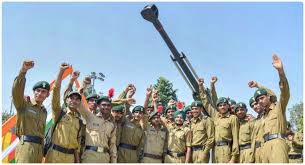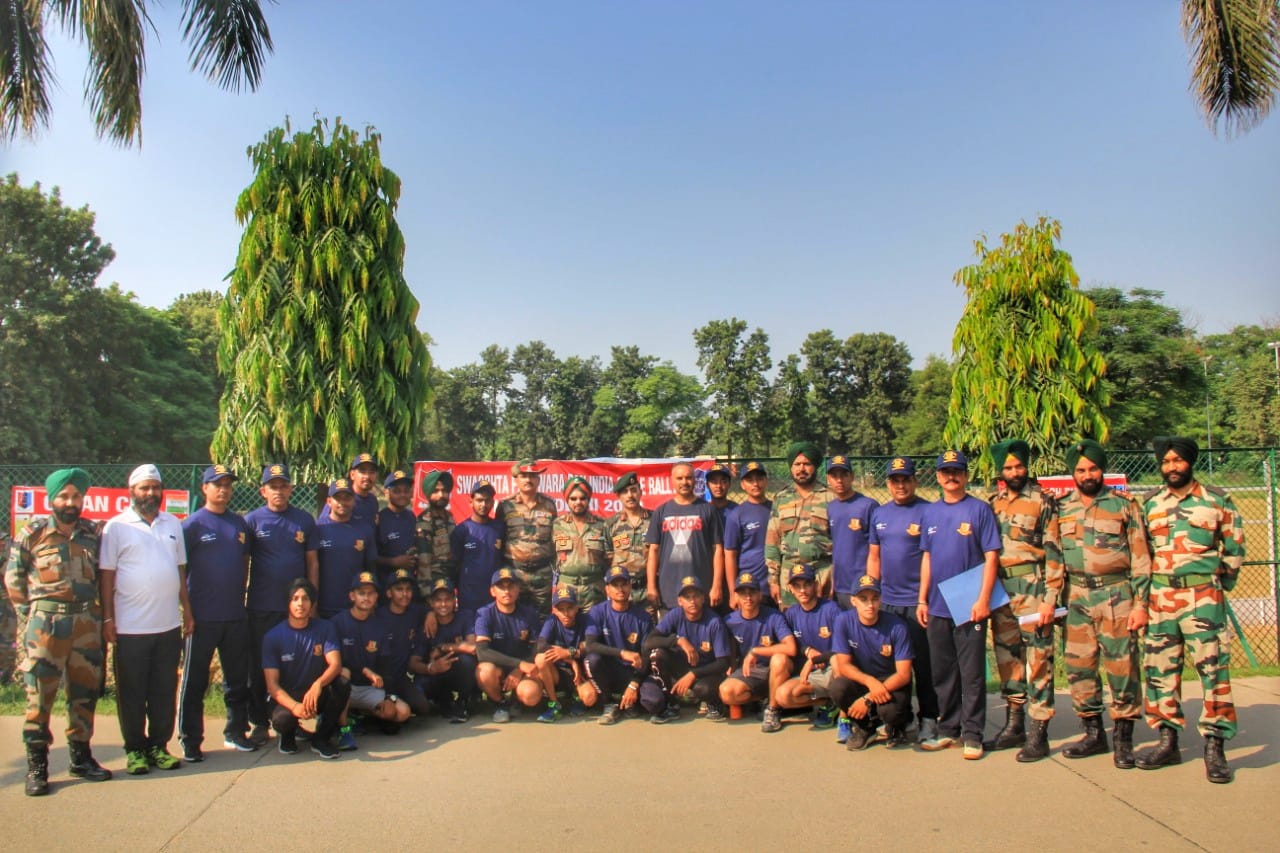• Drill Sessions
• B/C Exam preparation
• Social Activities
• Personality Development Programmes
• Group Discussions
• SSB Workshops
Indian Armed Forces always brought laurels to the Nation. Their contribution in war and peace are of immense value to every Indian. We proudly celebrate Kargil Vijay Diwas Day and many such battle honour days in the memory of our brave soldiers. Indian Army conducted surgical strikes in 2016 which had strategic ramifications and were aimed to dissuade inimical adversary from adopting the path of violence and to ensure an environment of peace for the Nation.... Read More!
Visuals from surgical strike footage of 29/9/2016 from Pakistan Occupied Kashmir (PoK). On September 29, 2016, the Indian Army carried out surgical strikes on seven terrorist launch pads across the Line of Control (LoC) as a response to an attack on its base in Uri earlier that month. To showcase the courage, valour and sacrifice of Armed Forces, ‘Parakram Parv’ is being observed from 28-30 September 2018. The main event is planned in India Gate Lawns, Rajpath, New Delhi. Similarly, 53 locations in 51 cities across the Nation shall be showcasing the events highlighting valour of Indian Armed Forces in general and Special Forces in particular.



The Galwan Valley Clash: While NCC is not a combat force, its importance was felt strongly during the 2020 Galwan Valley clash, one of the most intense India-China border confrontations in recent years. Although the clash was between regular troops, the aftermath saw an urgent national response — from organizing support drives to assisting local administrations. NCC cadets across several states, especially near border regions, played a critical role by participating in relief operations, logistics support, and awareness campaigns. During that time, NCC cadets helped collect and distribute supplies for soldiers and their families, organized flag marches to boost public morale, and worked with local authorities to maintain discipline during nationwide tensions. In some states like Ladakh, Himachal Pradesh, and Punjab, NCC units also coordinated activities to promote patriotism and unity. Their involvement demonstrated how even outside direct combat, young cadets serve as a vital support pillar during national crises, embodying true service to the nation.
The National Cadet Corps (NCC) plays a vital role in shaping the character and personality of young individuals by instilling discipline, leadership, and a spirit of patriotism. It provides cadets with valuable training in physical fitness, teamwork, and social responsibility, preparing them to face challenges both in civilian life and in times of national emergencies. Beyond military skills, NCC encourages community service, environmental awareness, and national integration, helping youth develop a strong sense of duty towards society and the country. By participating in NCC, cadets gain confidence, develop leadership qualities, and cultivate a lifelong commitment to serve the nation, making NCC an essential platform for building responsible and empowered citizens.